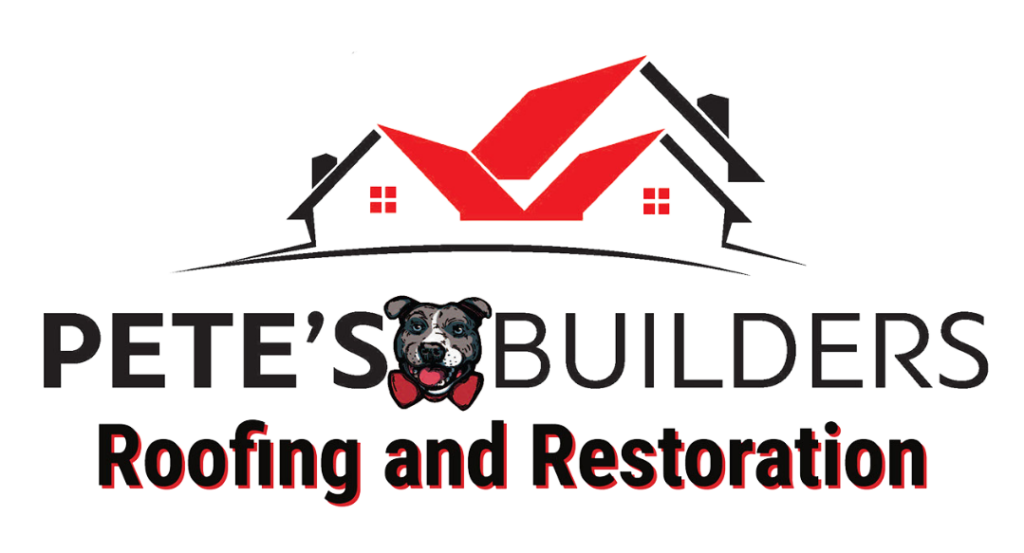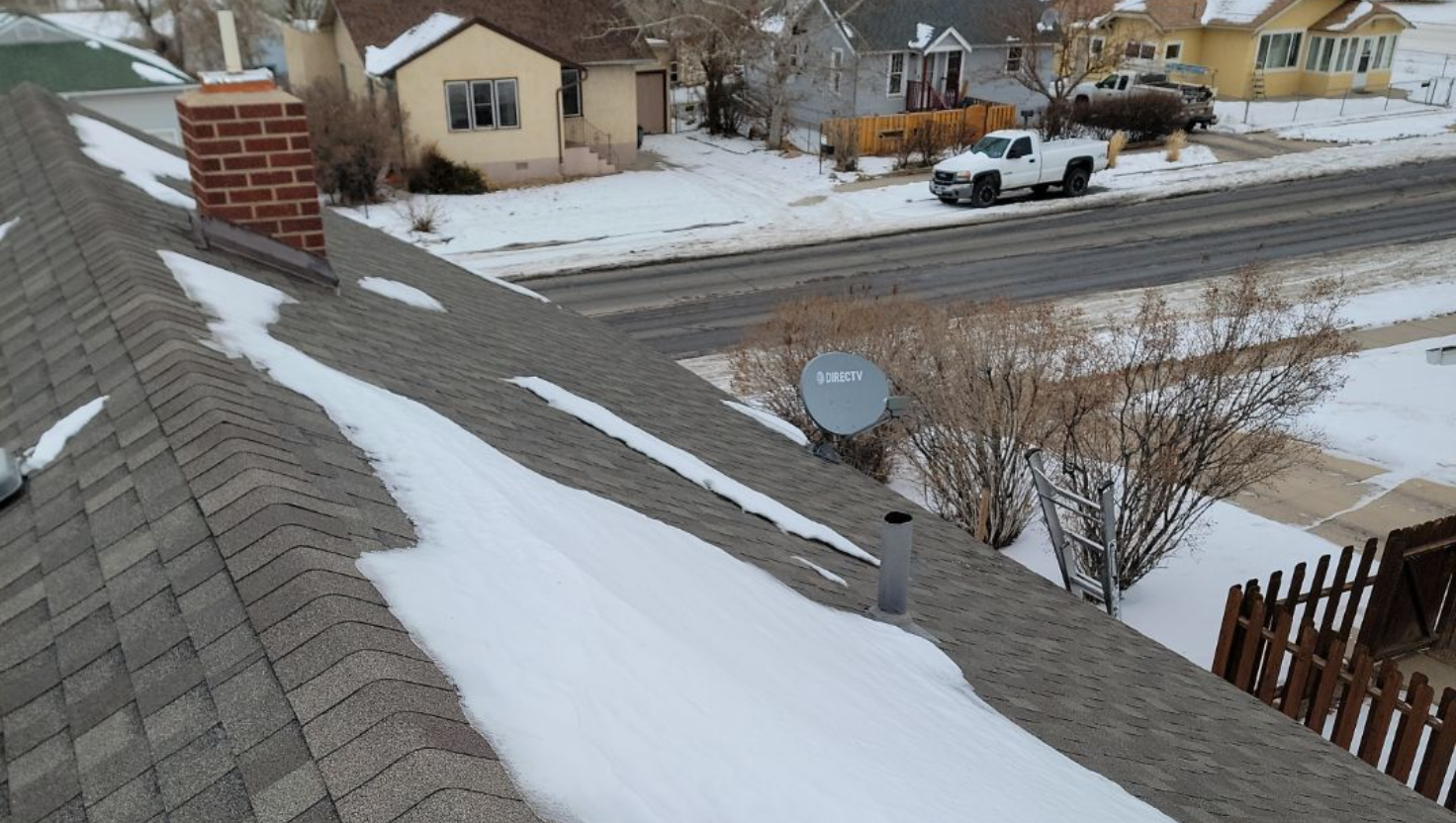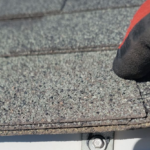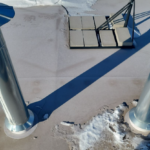Winter Roof Preparation Tips for Cheyenne, WY Homeowners
5 Steps on Winter Roof Preparation:
1. Inspect Your Roof
Start with winter roof preparation by inspecting the roof. Fall is the best time to take a close look at your roof, especially if you have a shingle roof in place. Before the snow arrives, you’ll want to check for any sort of roof damage, like cracked or missing shingles. You want to catch any problems no matter how minor, since they can expand during winter, causing leaks or structural problems. You will want to make sure that all ideal conditions are met, in case a deeper problem occurs and a professional roof inspection is ideal.
2. Inspect Your Gutters
Gutters are major systems which facilitate the flow of water away from the roof and the structure. Look out for any obstructions like leaves, twigs, and mud in the gutters before winter sets in. If the snow gets too deep and the gutter is blocked, it can lead to ice dams which can ruin your roof, cause leaks, and even mess up the gutters by bending them out of shape. By unclogging the gutters now you can protect the roof from damage caused by water that has nowhere to go.
3. Be Mindful of Trees & Limbs
If your building is located near trees, be mindful of the upper tree branches that might break off in winter. Branches that are laden with snow or ice have an increased probability of getting snapped. Detached branches could put a hole in your roof or rip off shingles. So, cut any frail or large branches that are too close to the roof. These concerns are best left to the professionals so that you do not run the risk of them breaking the tree in a harmful place.
4. Inspect Roof Flashing and Valleys
Flashing is the sheet metal surrounding the chimney or other structures that’s meant to divert water from penetrating into the house. Water accumulating in the roof’s valleys – essentially, the places where two parts of the roof join – will also lead to seepage. If the flashing is ripped off, or if the valleys are filled with decaying foliage, then water will be able to get underneath the shingles, similarly causing damage. These are some of the remaining elements one must pay close attention to before the winter begins. If the weathering is severe, these will also need to be changed. Clearing the valleys and cleaning the flashing will promote better drainage.
5. Inspect Your Attic for Proper Ventilation & Insulation
The attic is probably the one space that is absolutely crucial for controlling the temperature in your house. If there is not enough ventilation, there will be condensation which may cause mold and mildew and even harm the construction. In wintertime, the air from your home rises to the attic and if the attic is not ventilated, it can cause the roof of your house to create ice dams which stops any water from draining and causes a roof leak. Inspect the attic for the presence of molds or signs of mildew and make sure that it has adequate insulation. Proper insulation will keep the house warm and ensure that those ice dams with bad for the roof won’t form.
Taking these five steps now will make it easier down the line when roof repairs need to be made and damage costs need to be covered due to Cheyenne, WY. You will minimize the chances of your house suffering from roof damage and the stress of roof leaks or repair will be avoided. Establishing a regular roof maintenance program together with inspections will do wonders to keeping your home healthy and cozy for the months when temperatures drop.
FAQs
Q: How frequently should I check the roof for any damages?
A: We advise that you take a look at your roof at least once every year, preferably in the fall so that problems can be addressed before the harsh winter season sets in.
Q: Is it possible to conduct the inspection on the roof on my own?
A: Yes, you can assess whether there’s any apparent damage that needs attention. Yet ideally, you should allow an expert to take a look for other potential damages that might be out of sight.
Q: What should I do in order to stop ice dams forming on my roof?
A: The important thing here is to make sure that your attic is adequately ventilated and insulated so that warm air does not escape into the surrounding areas and melt the snow sitting on top your roof.



